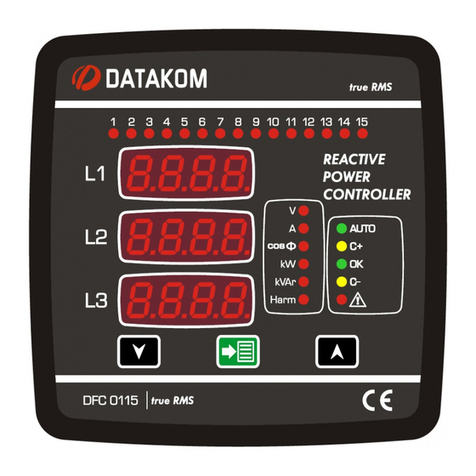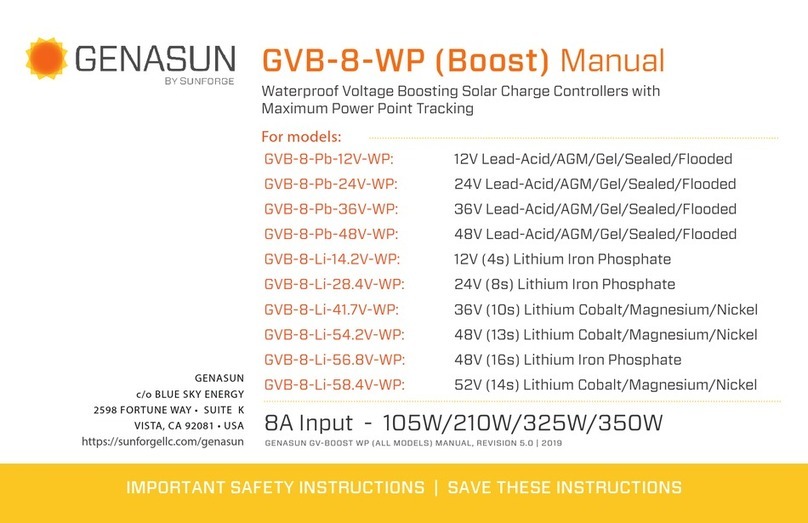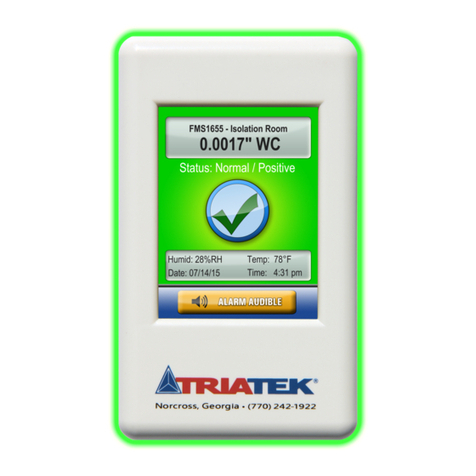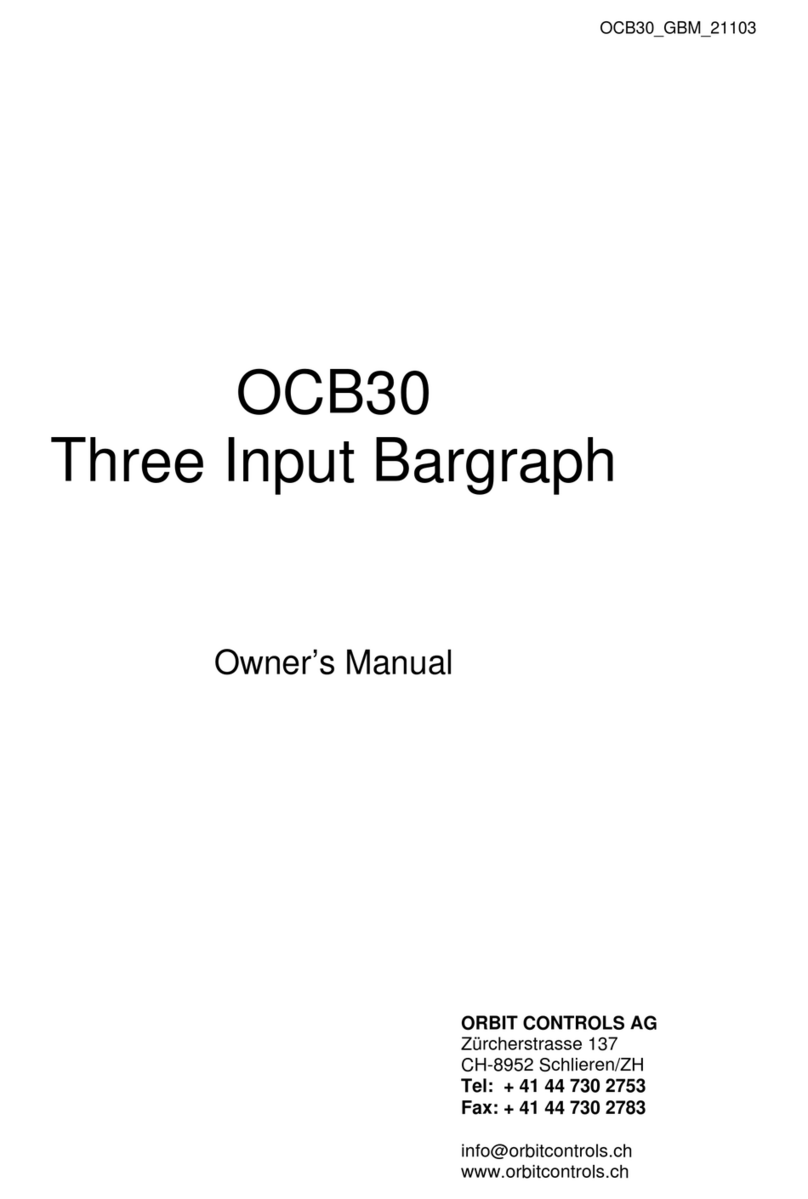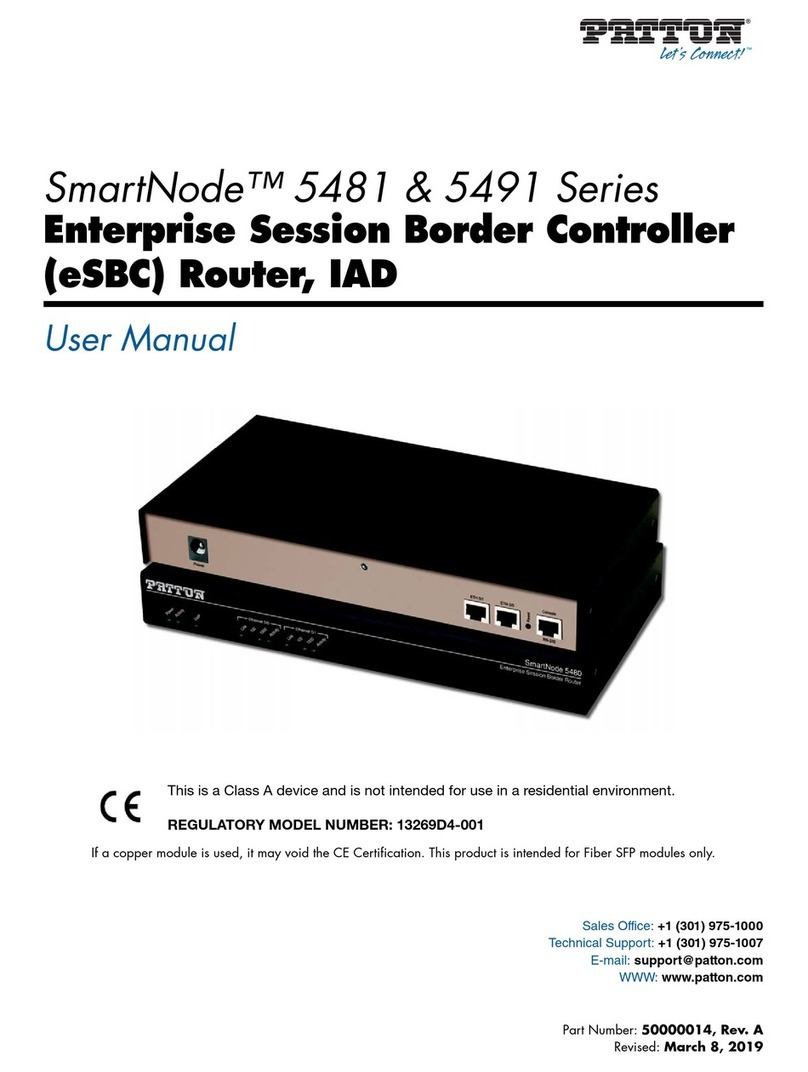Datacom AS440 Guide

AS440 AUTOMATIC VOLTAGE
REGULATOR (AVR)
SPECIFICATION INSTALLATION AND ADJUSTMENTS
General description
AS 0 is a half wave phase controlled thyristor type AVR
and forms part of the excitation system for a brushless
generator. The design employs Surface Mount Technology
(SMT) for high integration of features in a small footprint
AVR.
Positive voltage build up from residual levels is ensured by
the use of efficient semiconductors in the power circuitry of
the AVR. The power and voltage sensing circuits have
separate terminals, allowing the excitation power to be
derived directly from the stator winding for basic
applications or from an auxiliary winding if sustained short
circuit performance is required.
The AVR is linked with the main stator windings and the
exciter field windings to provide closed loop control of the
output voltage with load regulation of + /-1.0%.
The AVR voltage sensing terminals continuously sample
the output windings for voltage control purposes. In
response to this sample voltage, the AVR controls the
power fed to the exciter field, and hence the main field, to
maintain the machine output voltage within the specified
limits, compensating for load, speed, temperature and
power factor, ot the generator.
A frequency measuring circuit continually monitors the
generator output and provides under-speed protection of
the excitation system, by reducing the output voltage
proportionally with speed below a pre-settable threshold. A
manual adjustment is provided for factory setting of the
under frequency roll off point, (UFRO). This can easily be
changed to 50 or 60 Hz in the field by push-on link
selection.
Over excitation conditions are limited to a safe period .by a
protection circuit within the AVR.
Provision is made for the connection of a remote voltage
trimmer, allowing the user fine control of the generator’s
output.
An analogue input is provided allowing connection to the
Power Factor controller or other external devices with
compatible output.
The AVR has the facility for droop CT connection, to allow
parallel running with other similarly equipped generators.
Technical specification
SENSING INPUT
Voltage Jumper selectable
100-130 Vac 1 phase or
190-26 Vac 1 phase
Frequency 50-60 Hz nominal
POWER INPUT
Voltage 100-26 V ac 1 phase
Frequency 50-60 Hz nominal
OUTPUT
Voltage 82 V d.c. @ 200 V a.c.
Current continuous A (see note 1).
transient 7.5A for 10 secs.
Resistance 15 ohms min
(10 ohms min when input
volts is less than 175 ac)
REGULATION
+/-1.0% (see note 2)
THERMAL DRIFT
0.03% per deg. С change in AVR ambient (see note 3)
TYPICAL SYSTEM RESPONSE
AVR response 20 ms
Filed current to 90% 80 ms
Machine Volts to 97% 300 ms
EXTERNAL VOLTAGE ADJUSTMENT
+/-10% with 1 к ohm 1 watt trimmer (see note )
Increasing resistance lowers voltage.
UNDER FREQUENCY PROTECTION
Set point 9 -93% Hz (see r.o'.e 5)
UNIT POWER DISSIPATION
12 watts maximum
BUILD UP VOLTAGE
Volts @ AVR terminals
ANALOGUE INPUT
Maximum input +/- 5 Vdc (see note 6)
Sensitivity 1V for 5% Generator Volts (adjustable)
Input resistance 1k ohm
QUADRATURE DROOP INPUT
10 ohms burden
Max. sensitivity: 0.07 A for 5% droop 0PF
Max. input: 0.33 A
OVER EXCITATION PROTECTION
Set point
Time delay
ENVIRONMENTAL
Vibration
75 Vdc
10-15 seconds (fixed)
20-100 Hz
100Hz-2kHz
Operating temperature
Relative Humidity 0-70C
Storage temperature
50mm/sec
3.3g
- 0 to +70C (note 7)
95% (note 8)
-55 to +80C
NOTES
1. De-rate by 12% if mounted in 'portrait' orientation.
2. With % engine governing.
3. After 2 minutes.
. Generator de-rate may apply. Check with factory.
5. Factory set, semi-sealed, jumper selectable.
6. Any device connected to the analogue input must be fully
floating (galvanically isolated from ground), with an
insulation strength of 500V ac.
7. De-rate output current by 5% per degree С above 60C.
8. Non condensing.
1 / Page

2/ Page

SUMMARY OF AVR CONTROLS
CONTROL FUNCTION DIRECTION
VOLTS
STABILITY
STAB SWITCH
UFRO
DROOP
VTRIM
EXC TRIP
TO ADJUST GENERATOR OUTPUT VOLTAGE
TO PREVENT VOLTAGE HUNTING
TO OPTIMISE TRANSIENT PERFORMANCE
TO SET THE UFRO KNEE POINT
TO SET THE GENERATOR DROOP TO 5% AT OPF
TO OPTIMISE ANALOGUE INPUT SENSITIVITY
TO SET OVER EXCITATION TRIP CUT OFF LEVEL
CLOCKWISE INCREASES OUTPUT VOLTAGE
CLOCKWISE INCREASE THE DAMPING EFFECT
SEE TABLE ABOVE
CLOCKWISE REDUCES THE KNEE POINT FREQUENCY
CLOCKWISE INCREASES THE DROOP
CLOCKWISE INCREASES THE GAIN OR SENSITIVITY
CLOCKWISE INCREASES THE CUT OFF LEVEL
The main functions of the AVR are:
Potential Divider and Rectifier takes a proportion of the
generator output voltage and attenuates it. The potential
divider is adjustable by the AVR Volts potentiometer and
external hand trimmer (when fitted). The output from the
droop CT is also added to this signal. A rectifier converts
the a.c. input signal into d.c. for further processing.
The DC Mixer adds the Analogue input signal the Sensing
signal.
The Amplifier (Amp) compares the sensing voltage to the
Reference Voltage and amplifies the difference (error) to
provide a controlling signal for the power devices. The
Ramp Generator and Level Detector and Driver infinitely
control the conduction period of the Power Control Devices
and hence provides the excitation system with the required
power to maintain the generator voltage within specified
limits.
The Stability Circuit provides adjustable negative ac
feedback to ensure good steady state and transient
performance of the control system.
The Low Hz Detector measures the period of each
electrical cycle and causes the reference voltage to be
reduced approximately linearly with speed below a
presettable threshold. A Light Emitting Diode gives
indication of underspeed running.
The Synchronising circuit is used to keep the Ramp
Generator and Low Hz Detector locked to the generator
waveform period.
The Low Pass Filter prevents distorted waveforms
affecting the operation of the AVR control circuit.
The Short Circuit Detector senses the presence of a
short circuit on the generator output and forces the
Power Control Devices into full, conduction. This only
occurs when the AVR is powered from an auxiliary
winding.
Power Control Devices vary the amount of exciter field
current in response to the error signal produced by the
Amplifier.
Suppression components are included to prevent sub
cycle voltage spikes damaging the AVR components
and also to reduce the amount of conducted noise on
the generator terminals.
The Over Excitation Detector continuously monitors the
exciter field voltage and provides signals, to collapse
the output voltage if an over excitation condition
persists for the specified time period.
The Power Supply provides the required voltages for
the AVR circuitry.
ADJUSTMENT OF AVR CONTROLS
VOLTAGE ADJUSTMENT
The generator output voltage is set at the factory, but
can be altered by careful adjustment of the VOLTS
control on the AVR board, or by the external hand
trimm er if fitted. If major adjustment is necessary or
you lose stability, follow the VOLTAGE SETUP
PROCEDURE’.
Terminals 1 and 2 on the AVR will be fitted with a shorting
link if no hand trimmer is required. Terminals La and Lb are
linked only for special low voltage applications.
WARNING! Do not increase the voltage above the rated
generator voltage. If in doubt, refer to the rating plate
mounted on the generator case.
WARNING! Do not ground any of the hand trimmer
terminals as these could be above earth potential. Failure
to observe this could cause equipment damage.
WARNING!
If a replacement AVR has been fitted or re-setting of the
VOLTS adjustment is required, turn the VOLTS control
fully anti-clockwise before running generator.
VOLTAGE SETUP PROCEDURE
For major adjustments and replacing the AVR.
Read and understand this procedure before
attempting to follow it.
1. Before running generator, turn the VOLTS control
fully anti-clockwise.
2. Turn remote volts trimm er (if fitted) to m idway
position.
3. Turn STABILITY control to midway position.
. Connect a suitable voltmeter (0-300V ac) across line to
5. Start generator set, and run on no load at nominal
frequency e.g. 50-53Hz or 60-63Hz.
6. If the red Light Emitting Diode (LED) is illuminated,
refer to the Under Frequency Roll Off (UFRO)adjustment.
7. Carefully turn VOLTS control clockwise until rated
voltage is reached.
8. If instability is present at rated voltage, refer to
stability adjustment, then re-adjust voltage if
necessary.
9. Voltage adjustment is now completed.
3/ Page

FITTING AND OPERATING
STABILITY ADJUSTMENT
The AVR includes a stability or damping circuit to provide
good steady state and transient performance of the
generator.
A switch is provided to change the response of the
stability circuit to suit different frame size generators and
applications. The table shows the options available.
The slow response settings may prove helpful in
reducing lamp flicker.
The correct setting of the Stability adjustment can be
found by running the generator at no load and slowly
turning the stability control anti-clockwise until the
generator voltage starts to become unstable.
The optimum or critically damped position is slightly
clockwise from this point (i.e. where the machine volts
are stable but dose to the unstable region).
UNDER FREQUENCY ROLL OFF (UFRO)
ADJUSTMENT
The AVR incorporates an underspeed protection circuit
which gives a volts/Hz characteristic when the generator
speed falls below a presettable threshold known as the
"knee" point.
The red Light Emitting Diode (LED) gives indication that
the UFRO circuit is operating.
The UFRO adjustment is preset and sealed and only
requires the selection of 50/60Hz using the jumper link.
For optimum setting, the LED should illuminate as the
frequency falls just below nominal, i.e. 7Hz on a 50Hz
system or 57Hz on a 60Hz system.
DROOP ADJUSTMENT
Generators intended for parallel operation are fitted with
a quadrature droop C.T. which provides a power factor
dependent signal for the AVR. The C.T. is connected to
S1, S2on the AVR.
The DROOP adjustment is normally preset in the works
to give 5% voltage droop at full load zero power factor.
Clockwise increases the amount of C.T. signal injected
into the AVR and increases the droop with lagging power
factor (cos 0). With the control fully anti-clockwise there
is no droop.
TRIM ADJUSTMENT
An analogue input (А1 A2) is provided to connect to a
Power Factor Controller or other devices. It is designed to
accept dc signals up to +/- 5 volts.
WARNINGl Any devices connected to this input must
be fully floating and galvanically isolated from ground,
with an insulation capability of 500 Vac. Failure to
observe this could result in equipment damage.
The dc signal applied to this input adds to the AVR sensing
circuit. A1 is connected to the AVR 0 volts. Positive on A2
increases excitation. Negative on A2 decreases excitation.
The TRIM control allows the user to adjust the sensitivity of
the input. With TRIM fully anti-clockwise the externally
applied signal has no effect. Clockwise it has maximum
effect.
Normal setting is fully clockwise when used with a Power
Factor Controller.
OVER EXCITATION (EXC TRIP) ADJUSTMENT
The adjustment is set and sealed in the works and should
not be altered.
An over excitation condition is indicated on the common
LED which also indicates under speed running.
The generator must be stopped to reset an over excitation
condition.
/ Page
Table of contents
Other Datacom Controllers manuals
Popular Controllers manuals by other brands
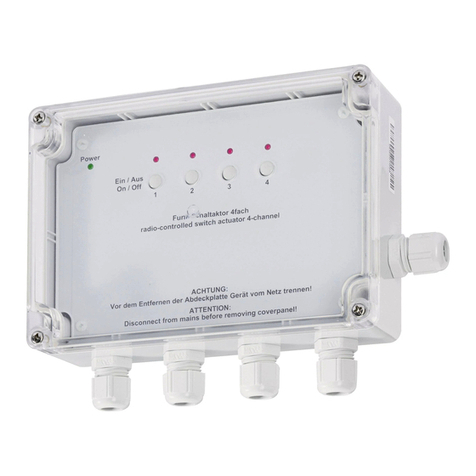
HomeMatic
HomeMatic HM-LC-Sw4-SM-2 Installation and operating manual

Intec
Intec MGC2-12 user manual
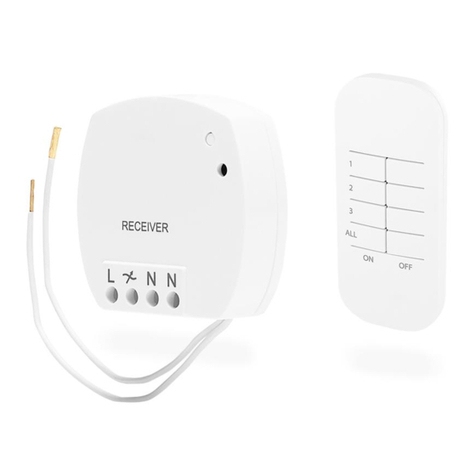
Smartwares
Smartwares SH4-99560 instruction manual
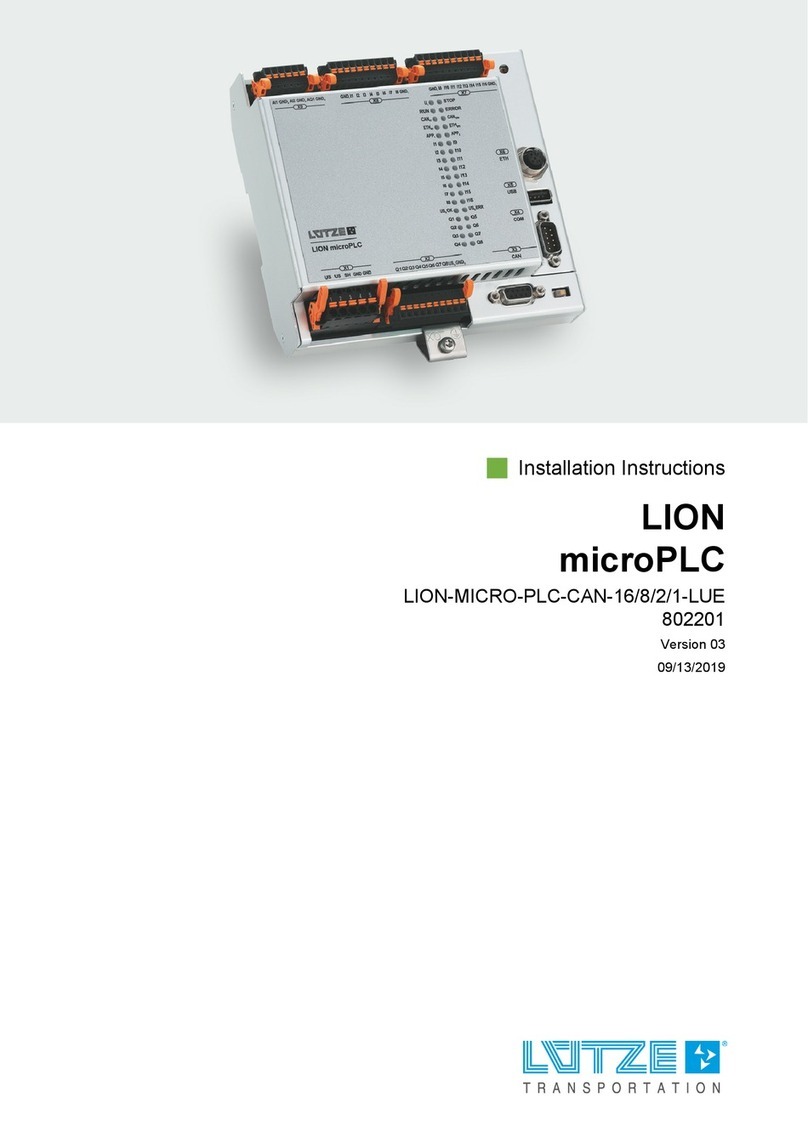
Lütze
Lütze LION microPLC installation instructions

EOS
EOS EmoStyle Di Installation and operation manual
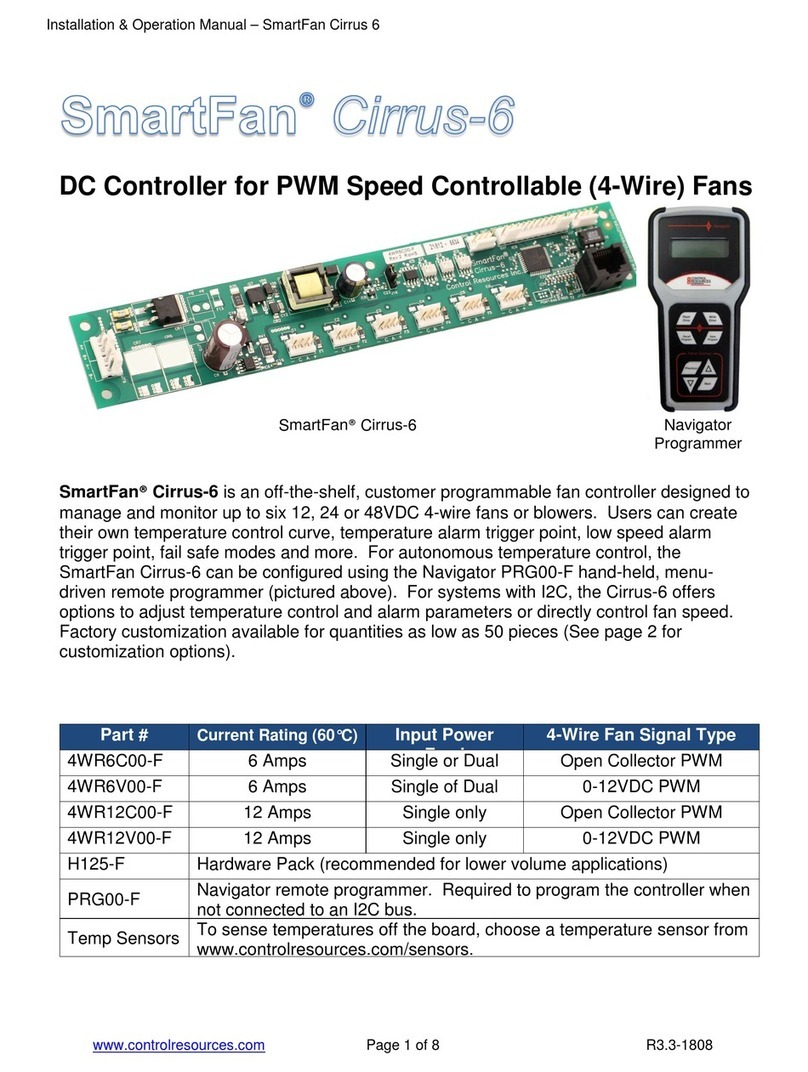
Control Resources
Control Resources SmartFan Cirrus-6 Installation & operation manual
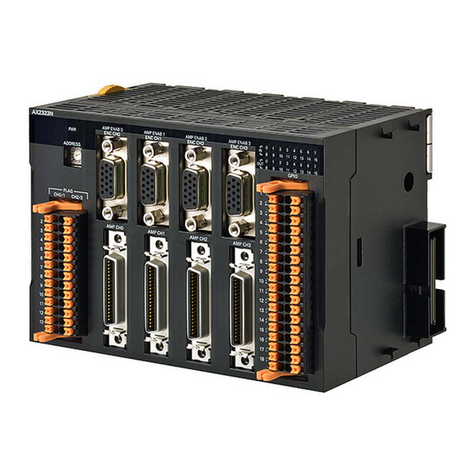
Omron
Omron CK3W-AX2323 Series Startup guide

Smartgen
Smartgen HAT520N user manual
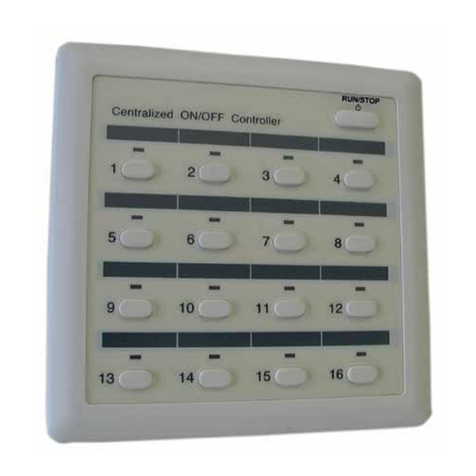
Hitachi
Hitachi PSC-A16RS Installation and operation manual
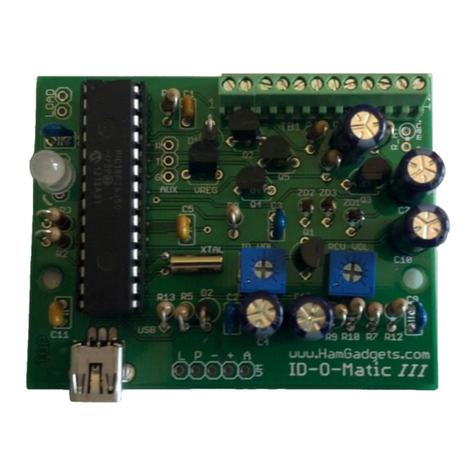
HamGadgets
HamGadgets ID-O-Matic III Assembly, Setup and Use Guide

Telecrane
Telecrane F25-60 operating instructions

Edgewater Networks
Edgewater Networks EdgeProtect 7300 Hardware installation guide
